In pictures: Astronomy Photographer of the Year 2016
- Published
The winning images from this year's Astronomy Photographer of the Year have been announced.

Our Sun
Chinese photographer Yu Jun's picture of Baily's beads won him both the Our Sun category and the overall award, Insight Astronomy Photographer of the Year 2016.
Baily's beads come from the specks of light that appear around the Moon during a total eclipse of the Sun, a phenomenon first explained by 19th Century astronomer Francis Baily.
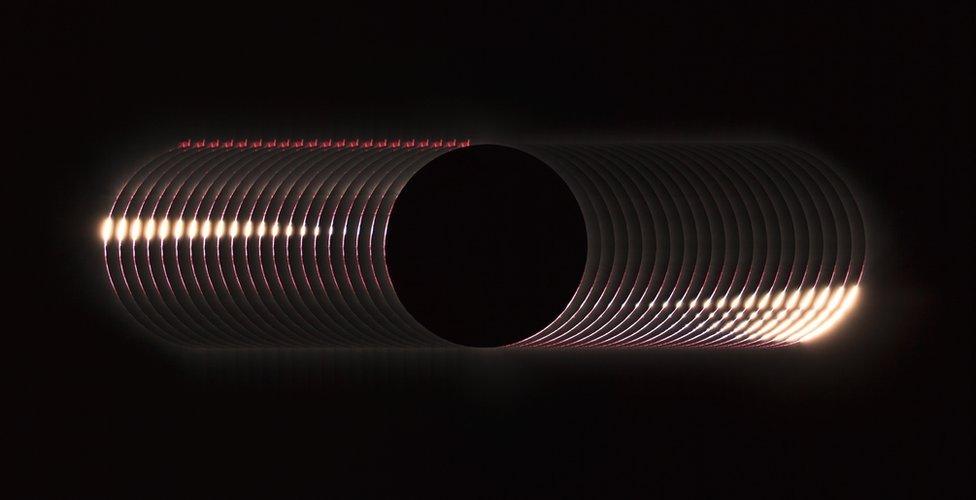
Yu Jun's picture is a multiple exposure, capturing the Sun during the stages of a total solar eclipse as seen from Luwuk, Indonesia.
"This is an eclipse as you have never quite seen it before," said one of the competition's judges, Dr Marek Kukula.
With more than 4,000 entries, Dr Kukula said this year they had been looking for out-of-the-ordinary images that pushed the boundaries of photography.
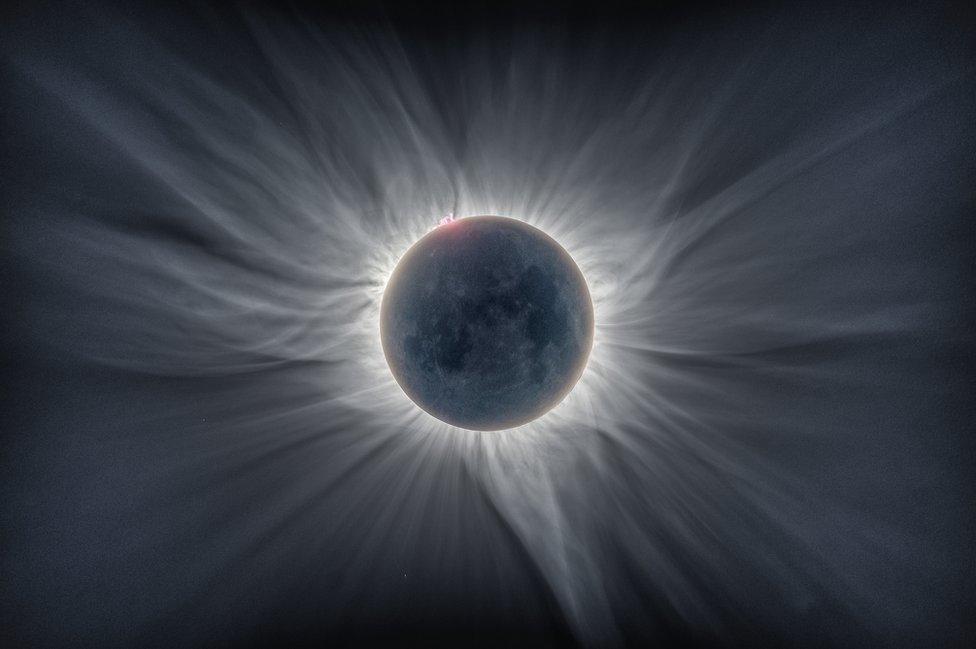
The runner-up in this section was also a composite image.
Taken by Catalin Beldea and processed by Alson Wong, Sun Flower Corona uses 12 images to convey the beauty of an eclipse.
Dr Kukula said this effect, could only have been revealed by this clever use of the camera.

Aurorae
The winner of the Aurorae category, Gyorgy Soponyai's Twilight Aurora, shows the aurora borealis in Svalbard, Norway.
The judges said there was tendency when photographing the aurora to emphasise deep colour, especially the greens, so this picture stood out because of its more subtle tones.
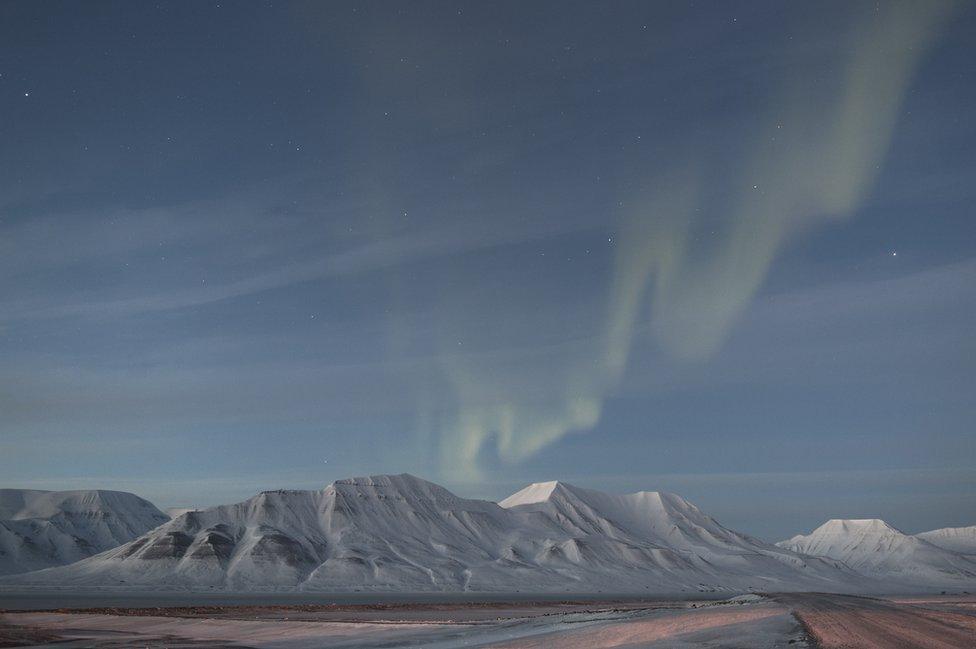
Runner-up Kolbein Svensson went further, shooting an aurora entirely in black and white.
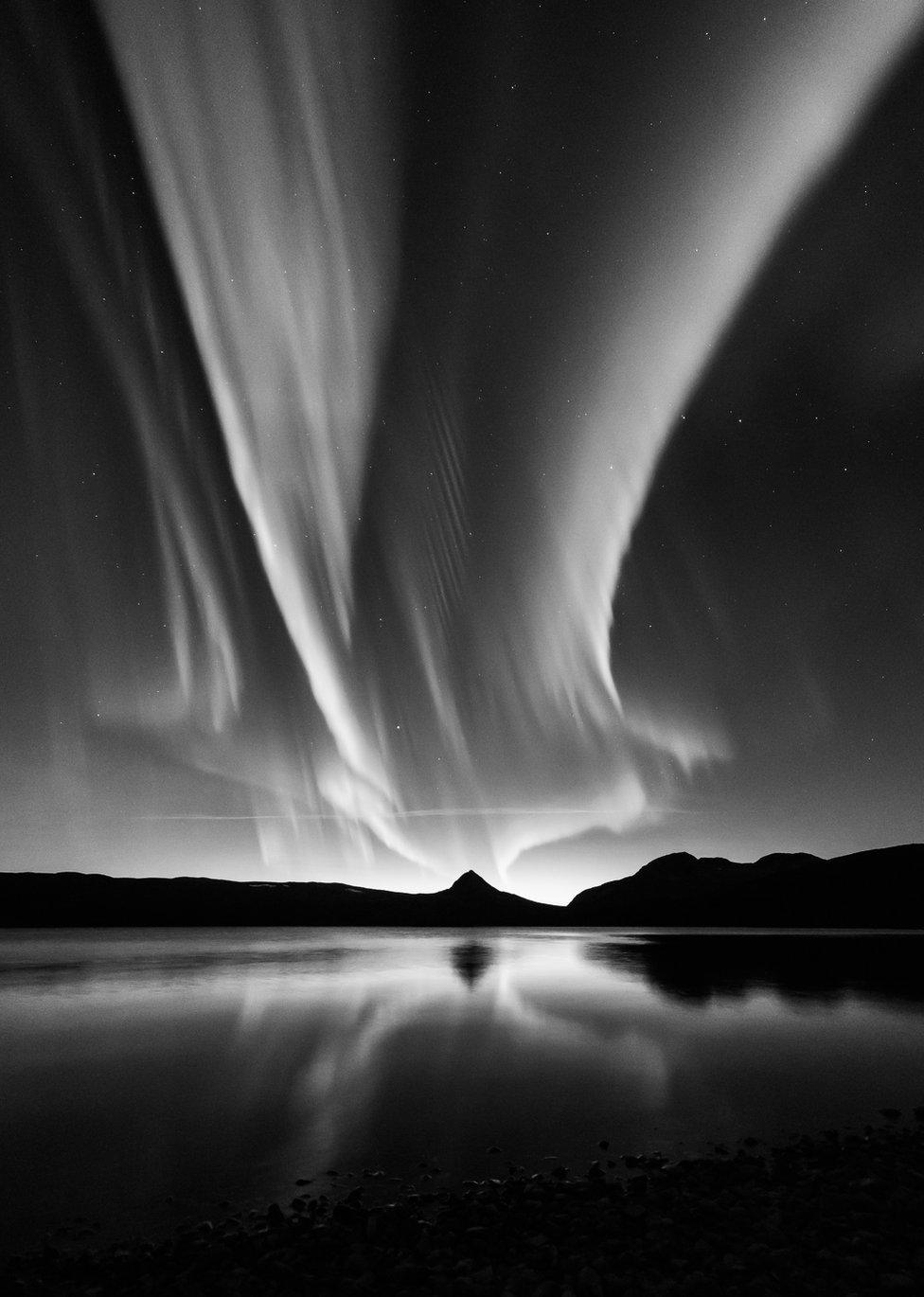

Galaxies
The judges liked the way Nicolas Outters's M94: Deep Space Halo - taken through a telescope, using a 20 minute exposure - caught all the regions of the distant spiral galaxy, from the bright centre to the darker regions on the edge.
"The process was very difficult to do, and the challenge was to show all the small galaxies on the background," said Outters.
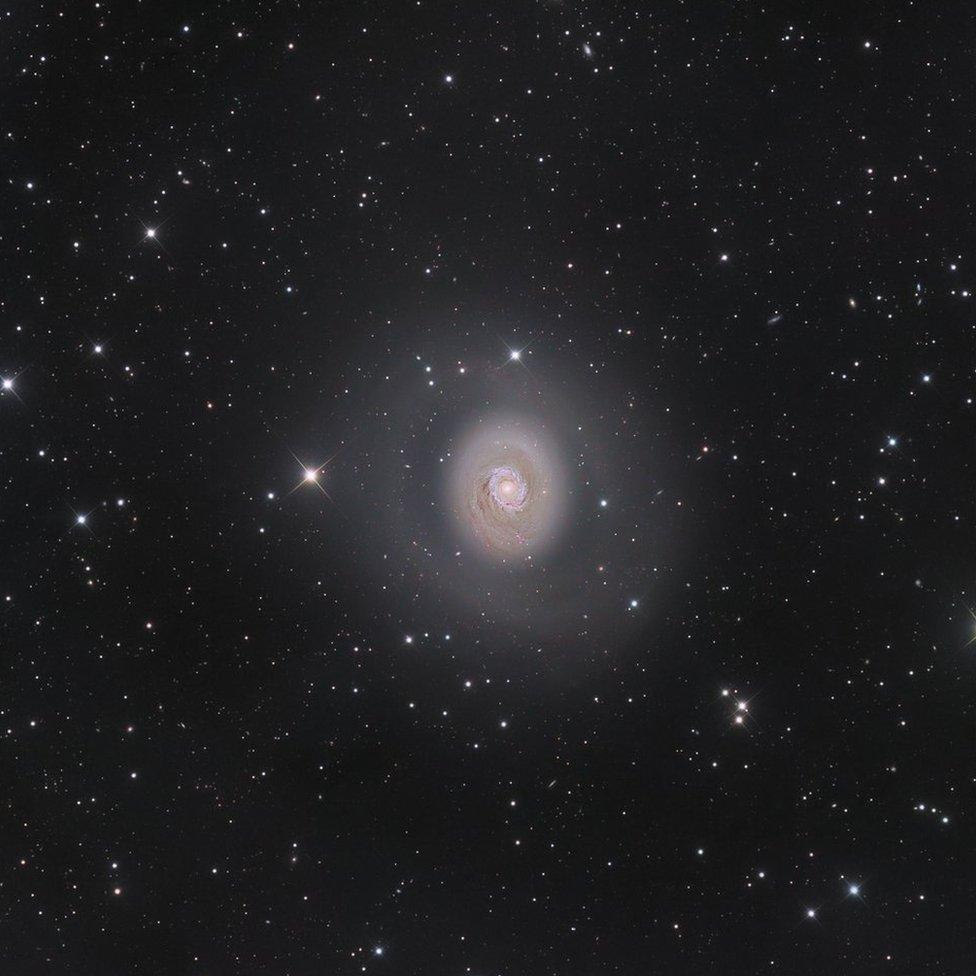
Ignacio Diaz Bobillo's Towards the Small Magellanic Cloud was also shot through a telescope, but with a five-hour exposure.
He stitched together a number of pictures to obtain the high-resolution image, revealing the stars and far away clusters in the dwarf galaxy.

His software counted more than 120,000 stars.

Our Moon
A detailed view of the lunar landscape by Jordi Delpeix Borrell won the Our Moon section.
Taken through a 14in (35cm) telescope, From Maurolycus to Moretus comprises a stack of images.
"The photographer focused in on an area of the Moon that has been hammered by impacts over billions of years, pockmarked by craters within craters," said Dr Kukula, to create a technically brilliant and dynamic image.
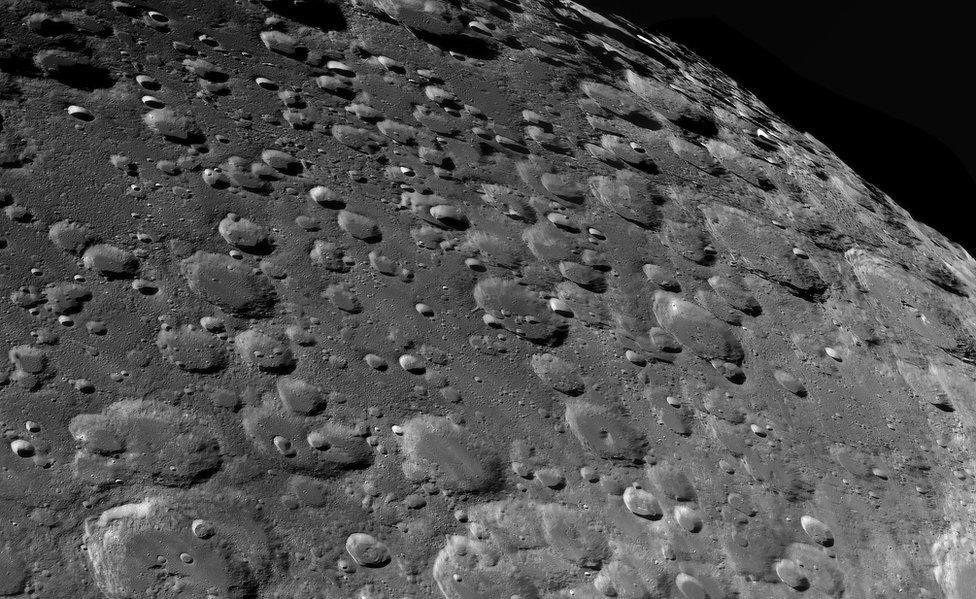
In contrast, the runner-up, Katherine Young's Rise Lunation, is made up of just one frame and has no post-processing.
It is the Moon just rising, seen through thick layers of the Earth's atmosphere, distorting the air with only the red part of the spectrum reaching the camera.
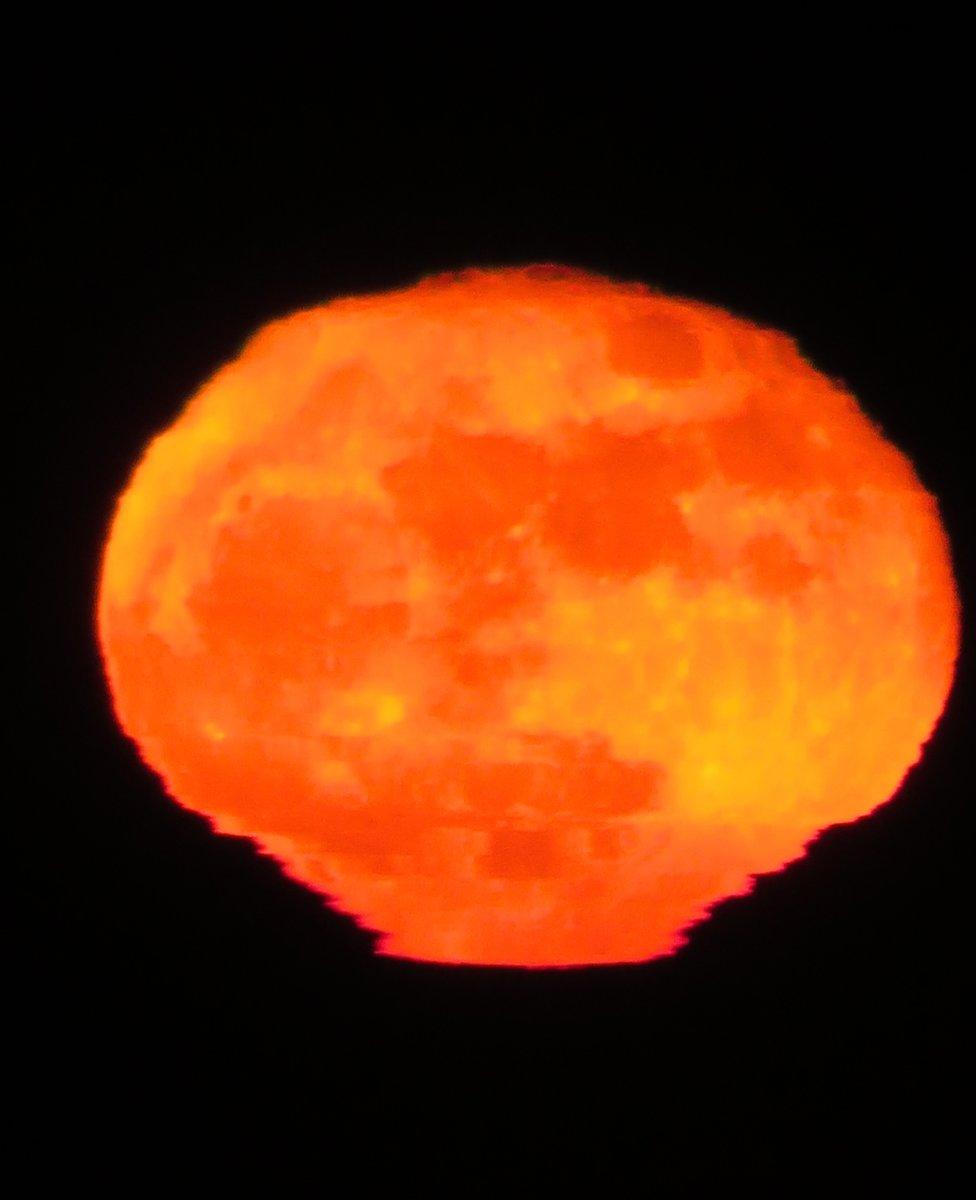
"As the Moon emerges, I relish the ripples and surprising shimmers," said Young.

People and Space
Wing Ka Ho's City Lights shows the light trails of stars passing over Hong Kong's tightly packed streets.
At times, the light pollution makes it hard to see the stars.
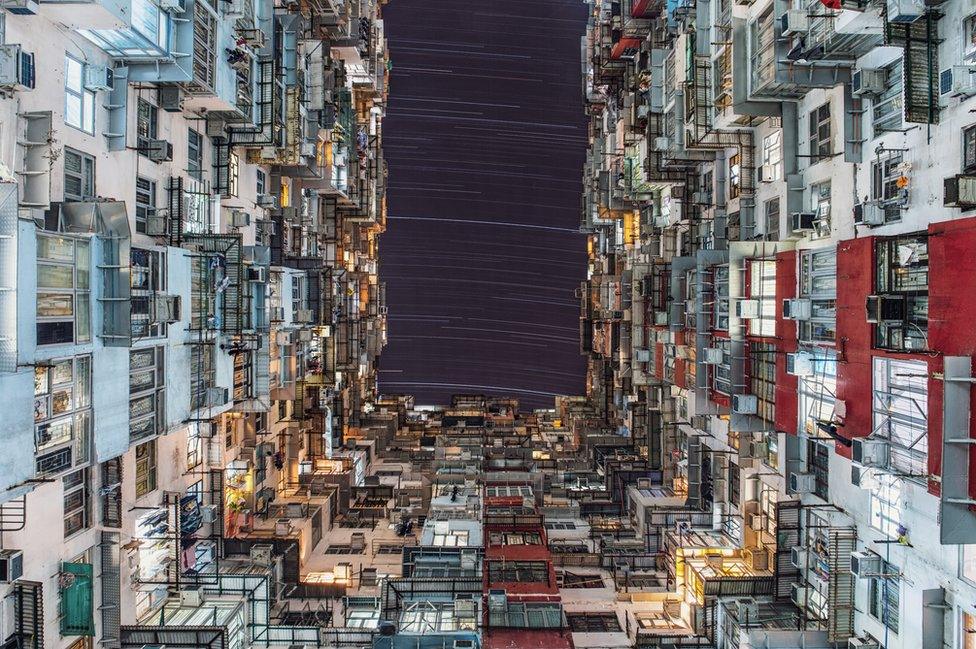
Dani Caxete took Man on the Moon, using a telescope as his friend posed on Pena Munana, in Cadalso de los Vidrios, Spain.
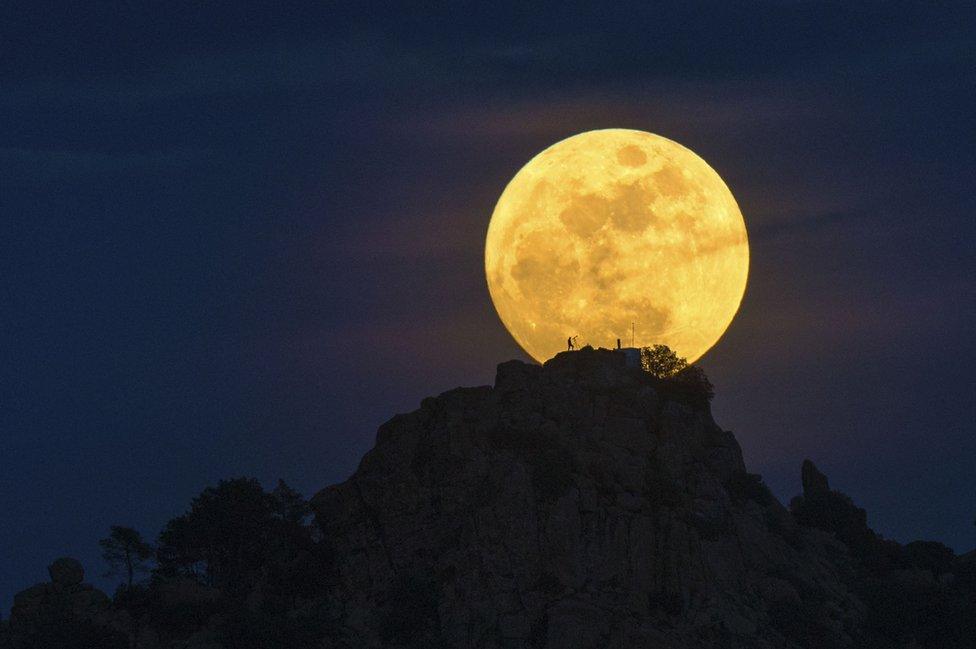

Planets, Comets and Asteroids
Damian Peach said he had had near perfect conditions for viewing the rings of Saturn, in March of this year.
His picture, Serene Saturn, shows a variety of coloured bands within the atmosphere of the planet.
"It could almost be a Hubble Space Telescope picture, but it was taken by an amateur astronomer using commercially available equipment," said Dr Kukula.
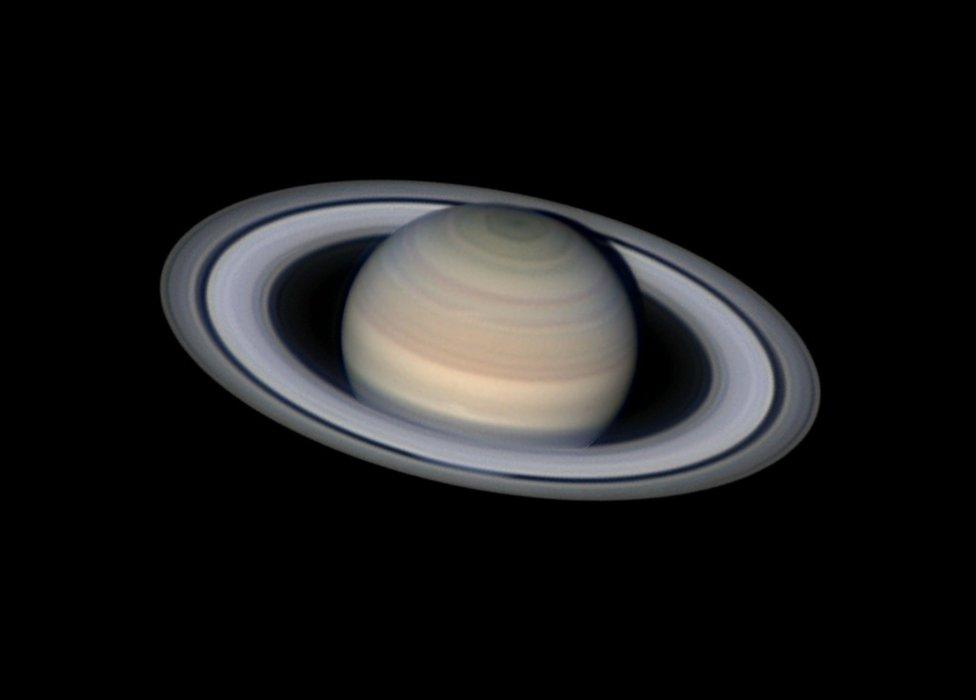
Gerald Rhemann's Comet Catalina was taken over a period of nearly one hour and 20 minutes.


Skyscapes
Ainsley Bennett got up early in October to capture his picture, Binary Haze.
"I knew the Moon, Venus, Mars and Jupiter were in close conjunction," he said.
"To my surprise, the mist added a new dimension by accentuating the brightness of the crescent moon and Venus making them look like glowing spheres.
"The resultant image looked like something from a science-fiction movie, with binary stars rising from the horizon of an unknown planet."
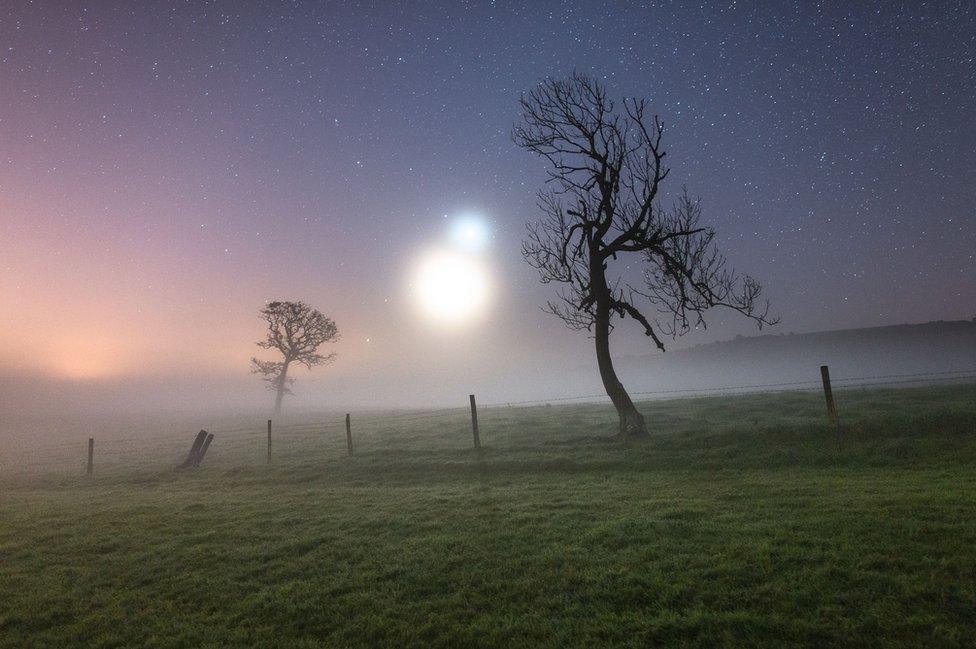
Mikko Silvola shot Silent Waves of the Sky: Noctilucent Clouds in Finland.

Yu Jun's Geminids over the Lamost telescope shows a night's worth of meteors over an observatory in China.
"This picture shows all these meteors, grains of dust burning up high the atmosphere," said Dr Kukula.
"Because the photographer has composited all the meteors from one night, you can see they all come from one spot in the sky."
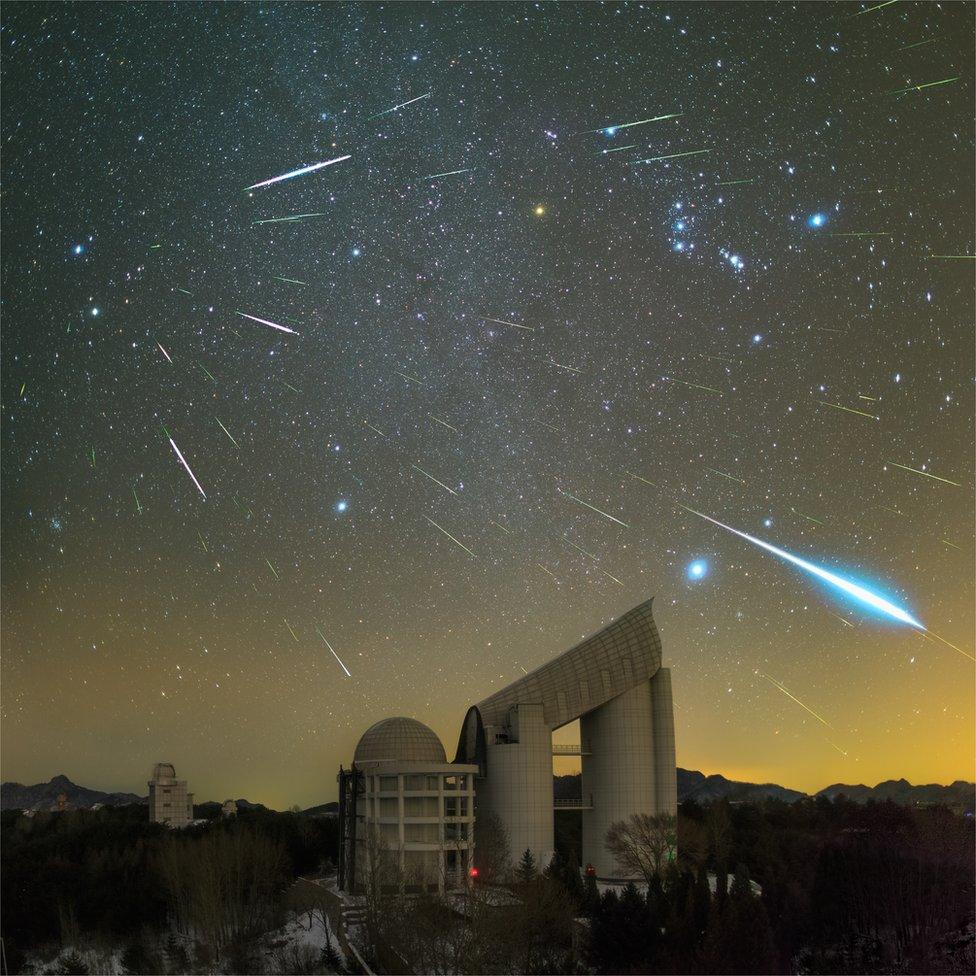

Stars and Nebulae
Steve Brown's The Rainbow Star depicts Sirius, also known as the Dog Star, the brightest in our sky.
Brown filmed the star with the lens set slightly out of focus, intensifying its light as it passed through the Earth's atmosphere, which distorts and refracts it into a range of colours.
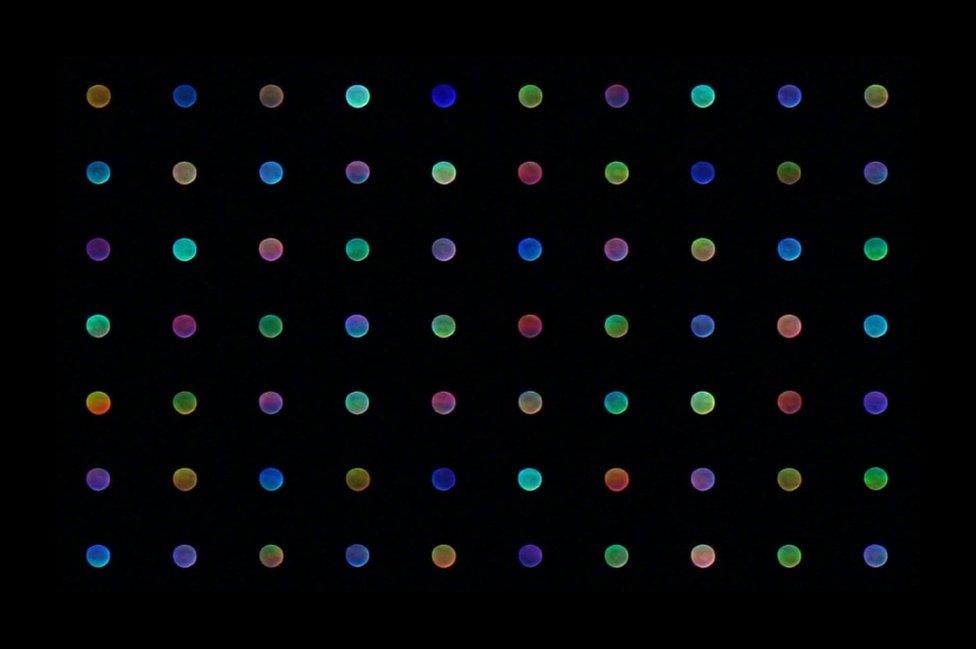
The runner-up, Pavel Pech's Perseus Molecular Cloud was taken in Sumava national Park, in the Czech Republic.


Young Astronomy Photographer of the Year
Brendan Devine, 15, stacked more than 60 frames to create his winning picture, Lunar Reversal, and then used software to invert the image, making it a negative.
The judges said this showed the Moon in a whole new light, allowing the texture to jump out.
And this willingness to play with images was something they had seen in this category more than others.


All photographs courtesy Insight Astronomy Photographer of the Year, external.